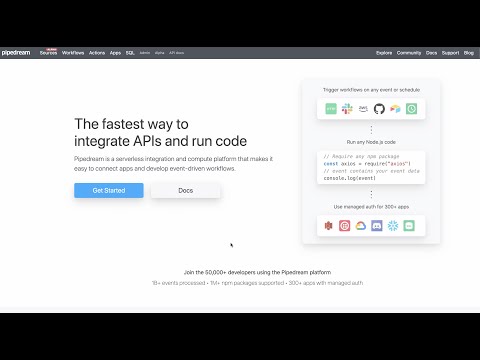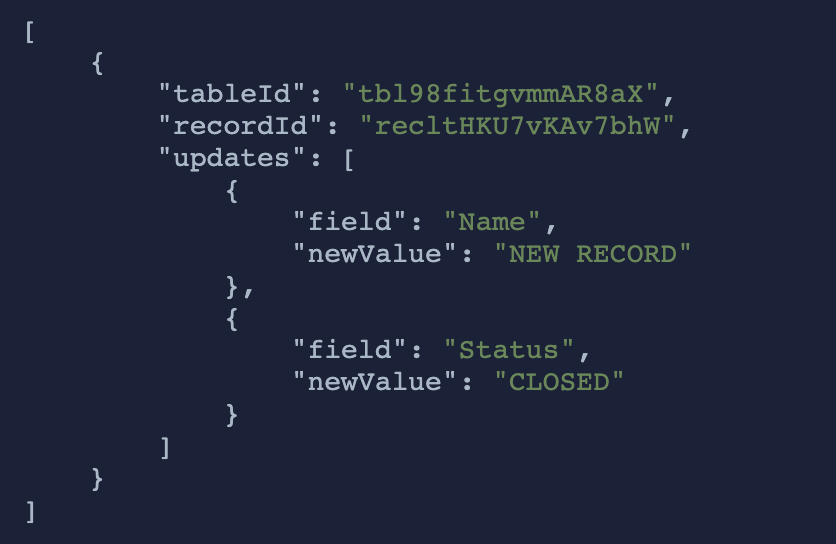What do you want to automate
with Pusher and Slack?
Prompt, edit and deploy AI agents that connect to Pusher, Slack and 2,800+ other apps in seconds.
Trusted by 1,000,000+ developers from startups to Fortune 500 companies
Popular Ways to Connect Pusher with Slack#
Popular Pusher and Slack Triggers#
Emit new event when a new message is posted to one or more channels
Emit new event when a message was posted in a direct message channel
Emit new events on new Slack interactivity events sourced from Block Kit interactive elements, Slash commands, or Shortcuts
Emit new event when a specific keyword is mentioned in a channel
Popular Pusher and Slack Actions#
Send a message to a public or private channel. See the documentation
Send a message to a user, group, private channel or public channel. See the documentation
Configure custom blocks and send to a channel, group, or user. See the documentation
Send a message as a threaded reply. See postMessage or scheduleMessage docs here
Overview of Pusher#
The Pusher API offers real-time communication capabilities for apps, enabling instant data delivery. With Pipedream, you can harness these features to create dynamic, real-time workflows that react to events, update clients immediately, and synchronize data across users and systems. It's perfect for powering live dashboards, instant notifications, chat applications, and any scenario where you need to push updates quickly and efficiently. Pipedream's serverless platform empowers you to build and run workflows that leverage Pusher's APIs without managing any infrastructure.
Connect Pusher#
module.exports = defineComponent({
props: {
pusher: {
type: "app",
app: "pusher",
}
},
async run({steps, $}) {
const Pusher = require('pusher')
const { appId, key, secret, cluster } = this.pusher.$auth
const pusher = new Pusher({
appId,
key,
secret,
cluster,
useTLS: true
})
await pusher.trigger('my-channel', 'my-event', {
"message": "hello world"
})
},
})
Overview of Slack#
The Pipedream app for Slack enables you to build event-driven workflows that interact with the Slack API. Once you authorize the app's access to your workspace, you can use Pipedream workflows to perform common Slack actions or write your own code against the Slack API.
The Pipedream app for Slack is not a typical app. You don't interact with it directly as a bot, and it doesn't add custom functionality to your workspace out of the box. It makes it easier to automate anything you'd typically use the Slack API for, using Pipedream workflows.
- Automate posting updates to your team channels
- Create a bot to answer common questions
- Integrate with your existing tools and services
- And much more!
Connect Slack#
import { axios } from "@pipedream/platform"
export default defineComponent({
props: {
slack: {
type: "app",
app: "slack",
}
},
async run({steps, $}) {
return await axios($, {
url: `https://slack.com/api/users.profile.get`,
headers: {
Authorization: `Bearer ${this.slack.$auth.oauth_access_token}`,
},
})
},
})
Related Videos#


Community Posts#
